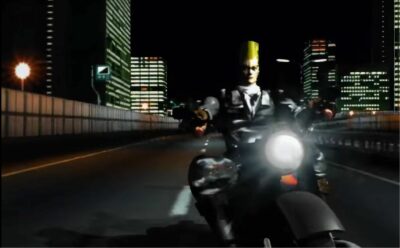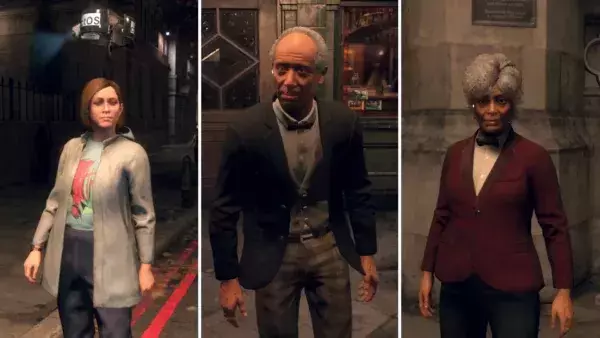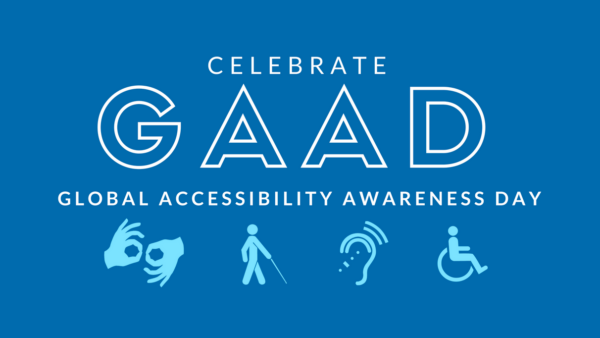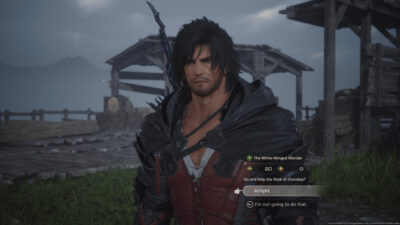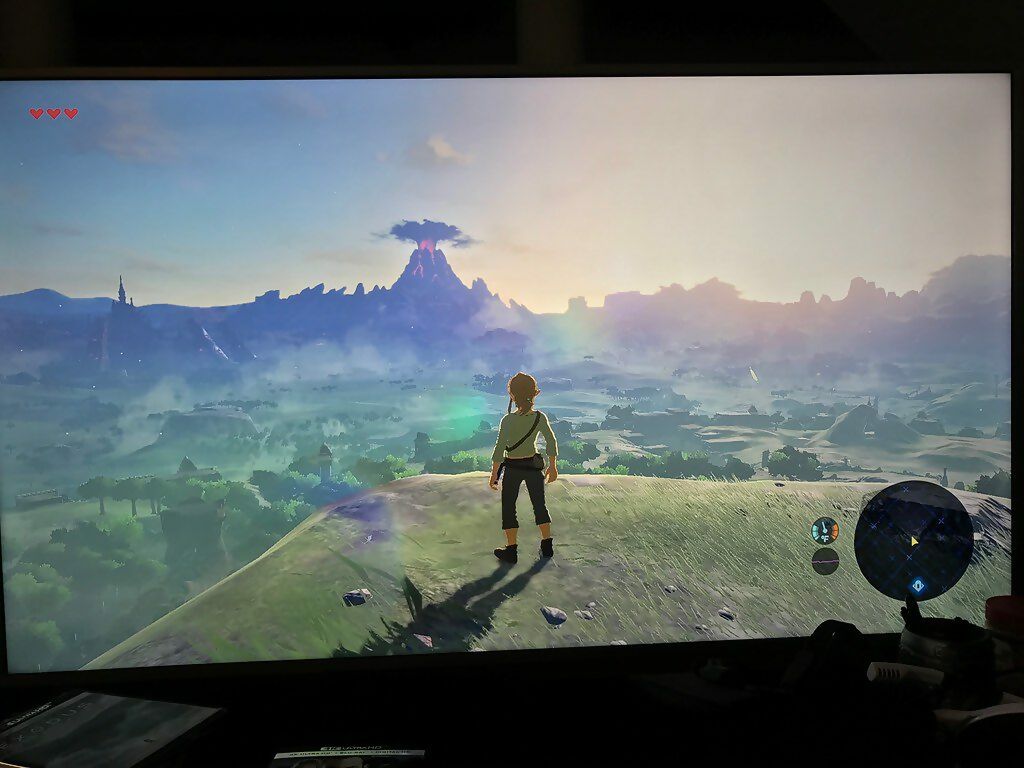
There was a video that did the rounds recently, where someone had gotten the modded Wii U version of The Legend of Zelda: Breath of the Wild up and running on a PC, and they’d turned all the settings in the graphics menu right up to 11. Ray tracing! 4K resolution! Enough buzzwords to make a subreddit swoon.
‘Breath of the Wild looks better than ever with this amazing mod!’ read the headlines. Words like ‘stunning’ were thrown around pretty liberally, with almost everyone agreeing how much better it looked. Better. Who wouldn’t want to click on that and have a look? Breath of the Wild looked amazing on release, and if it somehow looks ‘better’ now… then wow!
Here’s the thing. It doesn’t look better. It looks more realistic, arguably? Some of the lighting plings around hitting surfaces in a different way, there are reflections on everything whether they like it or not. It’s frightfully clever tech, no doubt about it. But better? Does this look ‘better’?
I mean, no. It doesn’t. Breath of the Wild is one of those games that, despite being hampered by the Wii U’s pretty iffy processing power (by modern standards), still manages to look absolutely stunning, and that’s a graphical effect achieved not by how many teraflops of RAM are running through your quad-cooled processing unit or whatever, it’s achieved by having an astonishingly talented group of artists with exceptional vision, executed flawlessly. Art direction, they call it. It’s a proper job. It’s taken years to get right, and Breath of the Wild pulls it off with aplomb.
Half-Life 2 is the same. That game is, unbelievably, 17 years old now. Count ‘em. In computer terms, that’s ancient. Half-Life 2 is closer to 1988’s Super Mario Bros. 3 than it is to us now. But the thing Half-Life 2 has? It’s art direction. It still looks better than a lot of shooters released today, and it’s not because of the quaraflops jimmering through your motherboard, it’s again because of the absolutely exceptional art direction. Pop some ray-casted light and high-res textures into Half-Life 2 and you know what you’ve got? A slightly worse looking version of Half-Life 2.
And look, I get it. The initial wow factor of seeing ray casting is still impressive. There was a screenshot recently from the new Ratchet & Clank where you could see the entire world reflected in a character’s eye. That’s insane. I think my gut problem with all this is the knee-jerk reaction to uncritically label it as ‘better’ because of the technology. Let’s stop, take a breath, and really think about what looks good, what doesn’t, and why.
There’s a brilliant account on Twitter called @CRTpixels, which I highly recommend you check out if you can. They take pixel art as it’s presented in games today, all crisp and clean and blocky colours, and show side by side how it was designed to look on an old CRT monitor, scanlines and all.
It’s actually amazing; the little details that do not exist and yet your eye tricks you into thinking they’re there. And yet the scanline-free versions, the ultra-precise pixel art we’re all used to that are resolutely considered ‘better’, almost always come across looking worse.
Video games have been chasing realism forever, and I think that’s a brilliant, brilliant thing. The sooner graphics look exactly the same as real life, the sooner we can all hook into a VR unit and promptly sod off to a much more exciting life. But let’s get it out of our heads that ‘realistic’ universally means ‘better’, especially when it’s minimising the hard work of people who really, really know what they’re doing.


